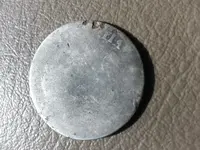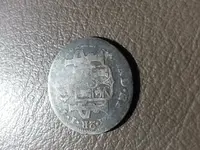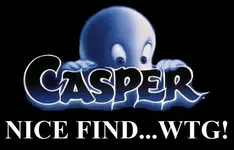GKman
Full Member
- Joined
- Mar 15, 2011
- Messages
- 141
- Reaction score
- 522
- Golden Thread
- 0
- Location
- Dutchess County
- Detector(s) used
- Minelab Equinox
- Primary Interest:
- Metal Detecting
It was a gorgeous crisp fall day here in the Hudson River Valley and a great day to be detecting. This home site has given up quite a few nice buttons and buckles and only one or two large cents, so seeing this was a nice surprise. Any idea on the date?
Attachments
Upvote
5





